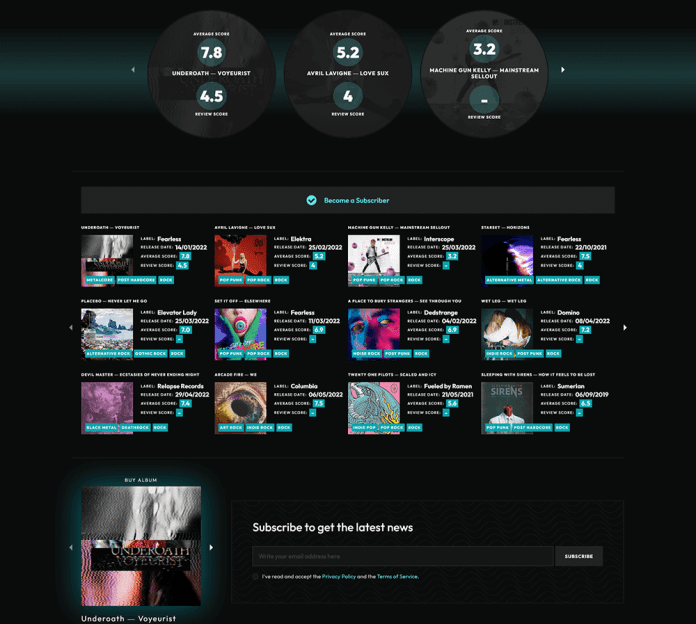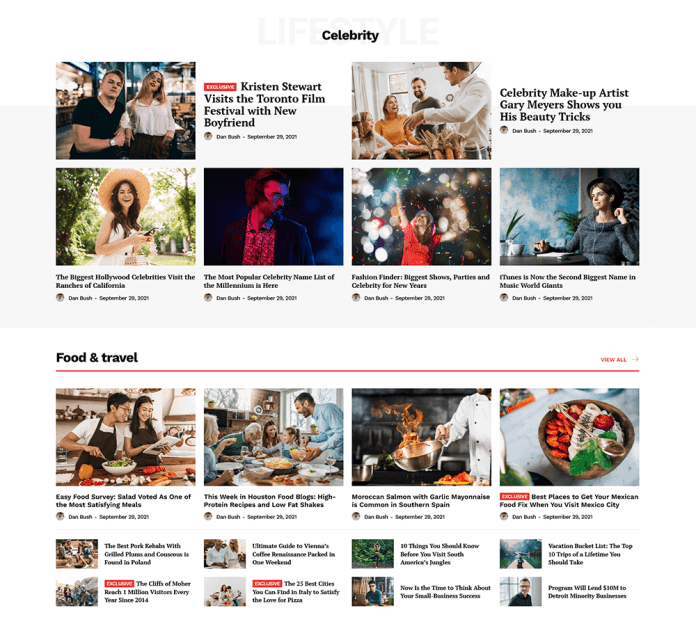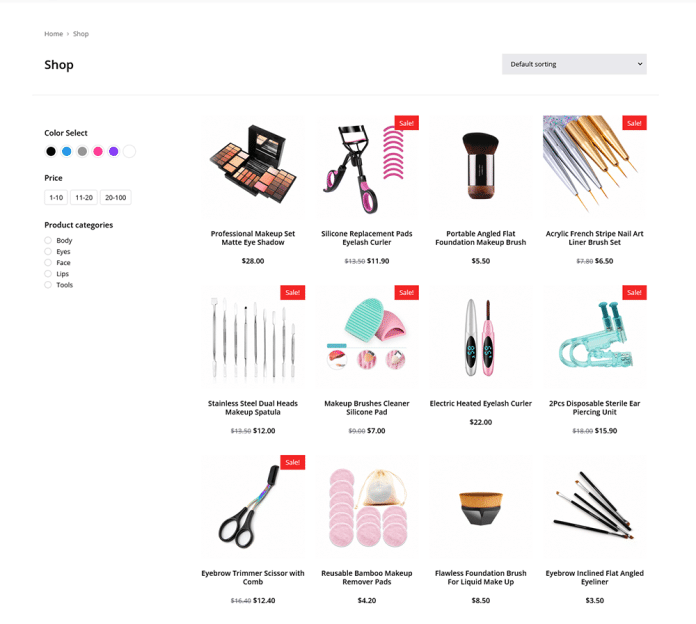Table of Contents
Brand identification through digital advertising depends heavily on logos because they become essential visual elements that immediately present brand identity and core values. The correct display of your logo stands as the vital essence for Google Ads success. This article examines vital points about {google ads logo size} alongside concrete requirements that will help protect brand authority and visual consistency. The article will explain both the method to use and the logic behind each direction so readers fully grasp how logo display affects Google Ads performance.
Introduction: The Visual Impact of Your Brand in Google Ads
The logo exists as a visual summary of brand character which simplifies the presentation of business identity and mutual values while expressing your organization’s personality. When users encounter numerous visual advertisements in Google Ads they notice well-placed and appropriately dimensioned logos significantly more often. Your logo requires immediate visual notice because it prompts users to click on your ad or continue scrolling through their feed.
The exact understanding of details related to Google Ads logo size proves essential in generating ads which grab people’s attention and establish credibility for your brand. The precise design of a well-scaled logo represents both professionalism and detailed work which appeal to customers who demand quality. This article offers a complete strategy for achieving expert logo dimensional management within Google Ads in order to deliver strong positive brand visual effects.
1. Substantial knowledge regarding the dimensions that Google Ads establishes as requirements for logos is needed for optimal performance.
Google Ads requires specific logo size restrictions to maintain brand image clarity when ads appear on different screen sizes while protecting logo quality.
Key Principles :
The recommended logo aspect ratio for square logos in Google Ads should be 1:1 with a standard size of 1200 pixels by 1200 pixels. When you use this specific logo size Google Ads maintains its defined proportions throughout different screen sizes while showing a sharp clear image across various advertising spaces. A square format proves flexible in many different advertising situations and thus works well for multiple campaign requirements.
A landscape format logo requires a 4:1 aspect ratio and should have a size of 1200 x 300 pixels. This design works best when placed in particular ads and responsive platforms since it delivers expanded visual space. Transforming your logo properly to work within this shape requires attention to maintain both visual quality and readability.
The optimal logos require PNG or JPG format according to your requirements. The balance between image quality and file size arises from these available formats which provide excellent compression capabilities. The transparent background logos should use PNG files and logos with solid colors perform best with JPG files.
The maximum logo file size should remain at 5MB to deliver quick ad loading speeds and prevent ads from facing disapproval. An excessive file size drains ad loading speed thereby producing inferior user experience together with possible ad rejection.
Your Google Ads report template will indicate whether logo-related problems like speed performance or display effectiveness negatively impact your ad metrics. The metrics you track including click-through rates and conversion rates serve to detect any adverse effects from logo-related issues.
Expanded Explanation:
Following these requirements helps your logo appear consistent preventing all forms of distortion and improper cutting off or pixelation that deteriorates brand identity. A poorly displayed logo signals poor attention to detail which consequently hurts your brand’s credibility.
Your objective should always be to use high-resolution logos because they provide clear and professional visual presentation. Your brand achieves high-density display excellence while keeping a professional appearance through high-resolution logo implementation.
Every ad placement must get its own logo testing to confirm proper presentation across different devices. Google Ads preview tools function as essential tools to show you what your logos will look like when displayed inside different content areas.
2. The Importance of High-Resolution Logos
Your brand depends on high-resolution logos to maintain both image consistency and visual appeal which helps deliver your brand image at its most attractive level.
Key Principles :
The use of high-resolution logos gives display screens both enhanced visual definition and precise image clarity for high-density screens. High-resolution logos play a critical role since mobile-first users browse ads through their small screens which support high-resolution viewing.
Presenting crisp logo elements creates a professional business appearance that helps you gain trust from potential customers. A premium logo quality communicates dependability and precision which serves as fundamental factors for winning customer faith.
The resolution strength of logos allows them to maintain picture quality throughout different ad sizes across multiple devices. Each brand image must retain consistency on all available digital platforms because of this approach to management.
The resolution of your ads requires attention to Google ads questions to achieve better results. Knowledge about technical logo display standards along with optimal practices will boost the performance of your advertising content.
Expanded Explanation:
Premature logo blurring or pixelation renders your advertisements unprofessional which produces distrust among your audience. A digital marketplace demands immediate and positive first impacts since a shoddy logo display can generate unfavorable connotations about your brand identity.
You should spend money to create top-quality logo files which comply with Google Ads specifications. You should collaborate with graphic designer professionals to achieve optimized logo display for digital purposes.
A periodic check of your logos will help you confirm their quality output through time. You need to keep updating your logos whenever technology developments or display standards shift because this maintains their current state.
3. Businesses should optimize the Logos specifically for every available ad format.
Google Ads employs different advertising forms that each requires customized logo optimization because they have particular display criteria.
Key Principles :
You should optimize your logos to function within Google Ads responsive ads because they adjust dimension automatically depending on the display settings. Responsive ads automatically reshapes advertising layouts according to different display situations thus demanding logos that will preserve excellent quality throughout a diverse range of dimensions and proportions.
Optimize your logos for Discovery ads since they can appear on YouTube as well as Gmail and the Discover feed. Discovery ads demand distinct high-quality visual elements since they need eye-catching images and logos to draw user notice.
Your App marketing should receive logo optimization for App Campaigns since they promote your mobile applications. Mobile app marketing campaigns present logos in different sizes and situations which makes adaptable logos essential for optimal view.
The proper understanding of {google ads landscape image size} plays an essential role in achieving proper results from responsive adds. The successful delivery of responsive ads requires you to manage the correct format and dimensions for both landscape images and logos.
Expanded Explanation:
Run logo tests with different advertising formats so both visual presentation and correct display appearance can be verified. The preview features built into Google Ads prove to be essential in helping you visualize how logos appear throughout different environments.
Inspection of ad placements through Google Ads preview tools will show you what your logos will look like in each setting. The preview tools help you detect visual display problems so you can make required modifications.
You should modify your logo design to maintain visual quality in each advertising format. Production of logo adaptations must take place to fit various display settings.
4. Maintaining Brand Consistency Across Ads
The secret to developing a robust brand identity through Google Ads depends on maintaining uniformity between your messaging and design elements in every campaign that appears on the platform.
Key Principles :
Consistent Logo Usage: Use the same logo across all your Google Ads campaigns. Viewers recognize the brand better and develop more trust which results from this practice.
The logo and advertising creatives must use a uniform color scheme. Brand recall becomes easier to remember when a company maintains visual unity across its branding elements.
Typography: Use consistent typography in your ad copy and logo. Maintaining a unified and professional brand visual language results from this practice.
You need to give additional attention to maintaining branding uniformity in your {google ads work from home} operation. The maintenance of clear communication between remote workers plays a vital role in overseeing proper brand guideline application across all projects.
Expanded Explanation:
Through maintaining consistent branding elements along with visual components your brand can establish itself as dependable to your audience. A single brand image establishes reliability as well as professionals and knowledgeable perceptions among audiences.
Pressed brand guidelines will serve to maintain uniformity in all marketing materials. Brand guidelines establish definitive steps which describe how logos must be displayed alongside precise specifications for identifying color schemes and fonts while providing direction about visual elements.
Run periodic checks of your ads to verify every single element meets your brand specifications. Monitoring elements for inconsistency during reviews allows you to maintain brand unity.
5. Avoiding Common Logo Display Issues
Logo display in Google Ads encounters several regular issues which threaten brand identity and reduces both image and performance quality.
Key Principles :
Your ads should avoid incorporating logos with wrong aspect ratios since these ratios create visual deformities. Professionally presented logos will maintain your brand credibility while distorted ones create unprofessional appearances with damaging effects for your brand credibility.
Low resolution logos should be prevented since they create a blurry appearance plus pixelation effects. Your ads will create an unprofessional appearance and lose potential customers when your logos appear blurry.
Logos with large file sizes should be avoided since they will negatively affect the speed at which ads load. Poor user experience will occur alongside ad rejections when ads load too slowly.
The {Google Ads Report Template} helps advertisers detect if their add performance gets affected by slow load times. Using metrics that show loading time performance along with bounce rate analysis will help you.
Expanded Explanation :
Before Google Ads launches your ads you should verify your logo display through preview tools to prevent potential launch issues. Your proactive measures concerning logo display help prevent unnecessary spending on mistakes while maintaining proper logo visibility.
You should conduct continuous ad supervision to verify that your logos show appropriately on different screen sizes and all placement areas. The ongoing check system enables users to find display problems immediately after which they can resolve them quickly.
The best practice to avoid potential issues is to maintain awareness about Google Ads logo requirements. The continuous policy updates at Google Ads require marketers to keep themselves informed because failure to comply means risking unwanted penalties.
6. The Impact of Logo Size on Ad Performance
Logo dimensions have a rounded effect on advertising performance since they affect how users identify brands through clicks and purchases.
Key Principles :
Brands gain trust through logos that have optimal dimensions which help users recognize and trust their brand. Your brand receives strengthened identity through a logo presentation which becomes more memorable for viewers.
Effective logos increase the potential for users to interact with advertisements by elevating CTRs. An excellent logo boosts ad engagement and drives users to click on your advertising content.
When customers recognize your brand well they tend to convert their clicks into actual purchases. Buyers tend to prefer brands which they recognize because they have more trust in those familiar companies.
Information from {google ads questions} regarding ad performance enables you to evaluate how your logo affects the results. According to your data analysis and customer inquiries you will learn crucial information about your logo perception.
Expanded Explanation:
Your advertising results will benefit from logos which look appealing along with being correctly proportioned so users become fascinated and decide to engage with your content.
Brand recognition creates a confident consumer experience which produces more conversions from visitors. Your brand recognition alongside customer trust in it leads people toward making purchase decisions.
Different logo versions undergo A/B testing to determine which design constitutes the most effective logo for the ads. Try various logo dimensions and color schemes along with different designs in order to find which representation works best for your advertising campaigns.
7. Users must maintain knowledge of the current logo specifications enforced by Google Ads.
The Facebook requirements for Google Ads may evolve with successive updates requiring companies to learn new adjustment methods.
Key Principles :
Users should visit the Google Ads Help Center on a regular basis to discover logo specifications alongside helpful practices.
The Google Ads Blog offers subscribers access to updates about Google Ads features and policy modifications in addition to newest news.
Take advantage of industry blogs and forums which provide insights about Google Ads trends alongside best practices for the platform.
The freedom provided by {google ads work from home} lets users maintain current understanding. Remote work gives employees the flexibility to engage in self-improvement learning and gaining professional skills.
Expanded Explanation:
Your existing logos stay compliant with Google Ads specifications when you keep aware of current requirements thus avoiding ad disapprovals and ensuring adherence to guidelines.
Make it a habit to check your logo files for their compliance with present standards along with the most effective practices.
You should modify your logo to follow new requirements when needed. The adjustments may include both development of fresh logo versions and changes to active logo files.
Conclusion: Building Brand Authority with Perfect Google Ads Logo Size
Understanding {google ads logo size} represents an essential strategic move for building solid brand dominance and constant visual stability. The digital world presents your logo as a powerful visual representation which instantly shares your core values alongside proving your credibility to consumers. Your campaign success relies on following recommended dimensions together with format-specific optimization which creates effortless user experiences and establishes strong lasting positive perceptions.
Your brand performance indicators improve notably when you display your logo well because it boosts trust among users while attracting more audience clicks which leads to higher conversion rates. Sustainable brand growth requires consistent branding in Google Ads alongside regular updates about evolving requirements to achieve meaningful engagement.



